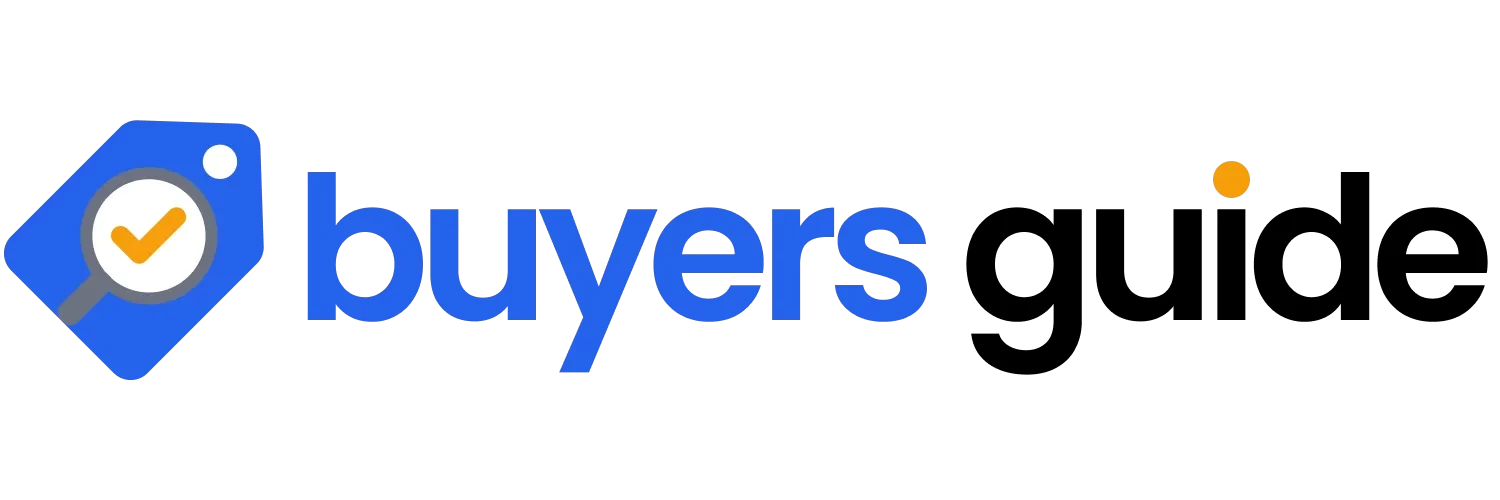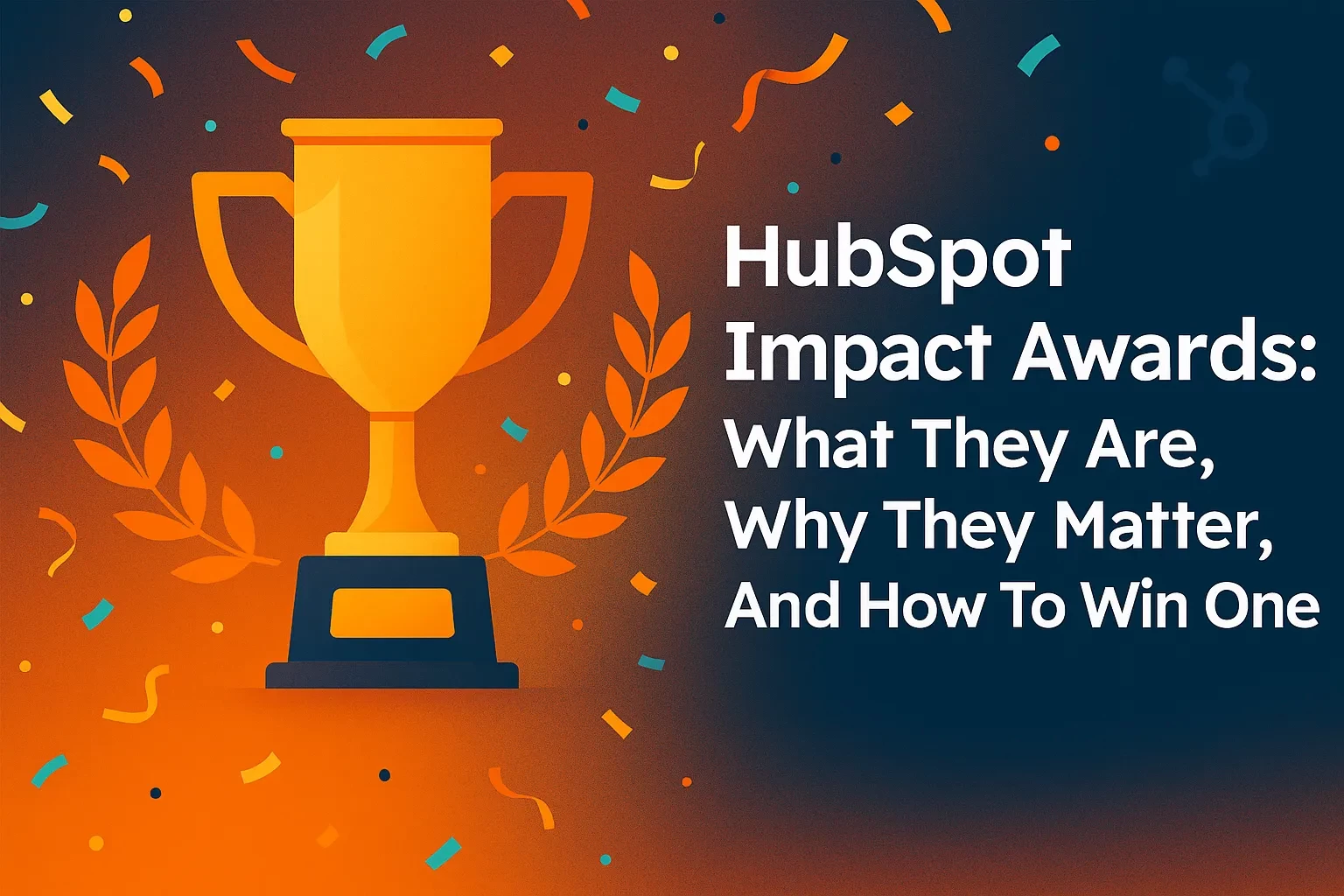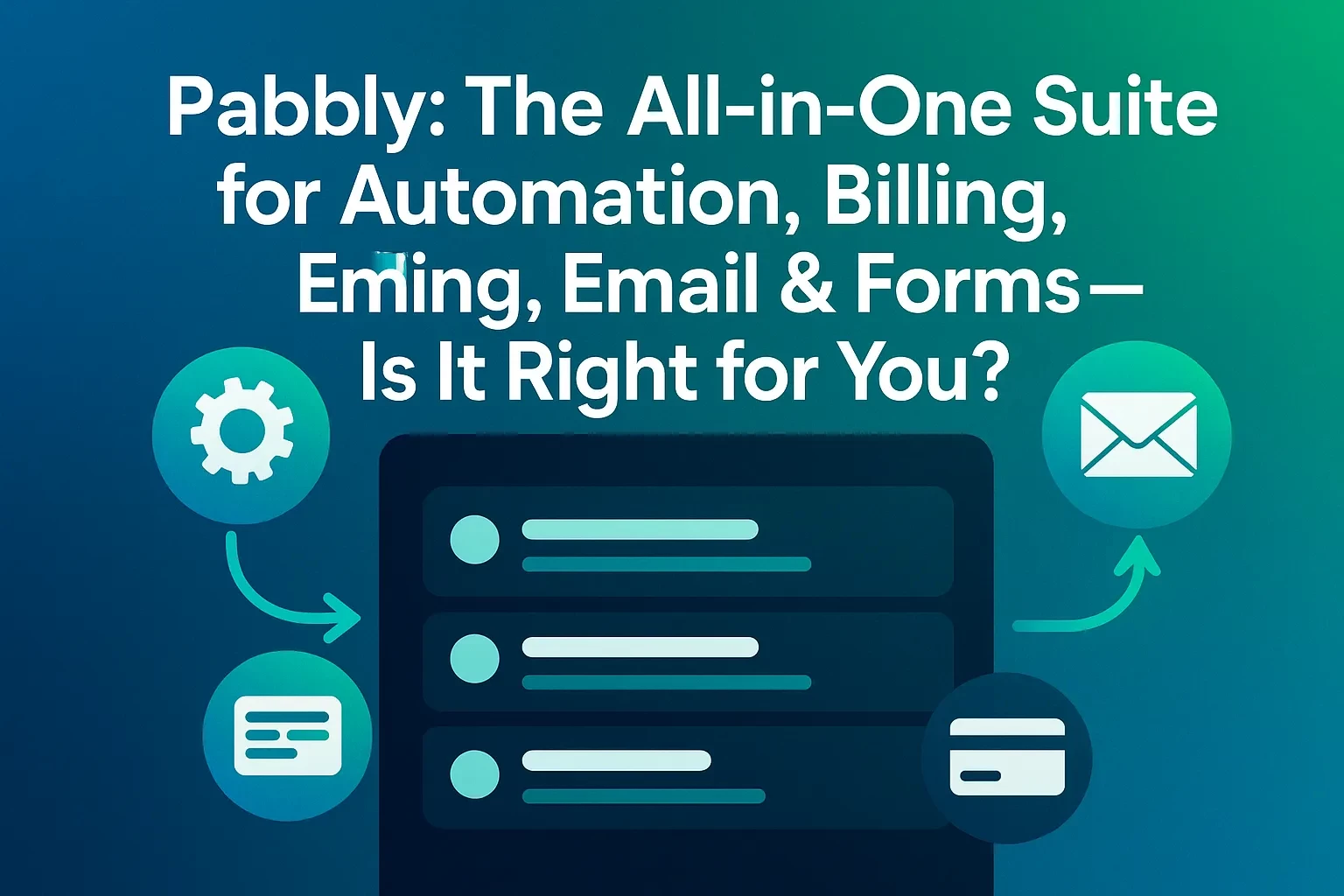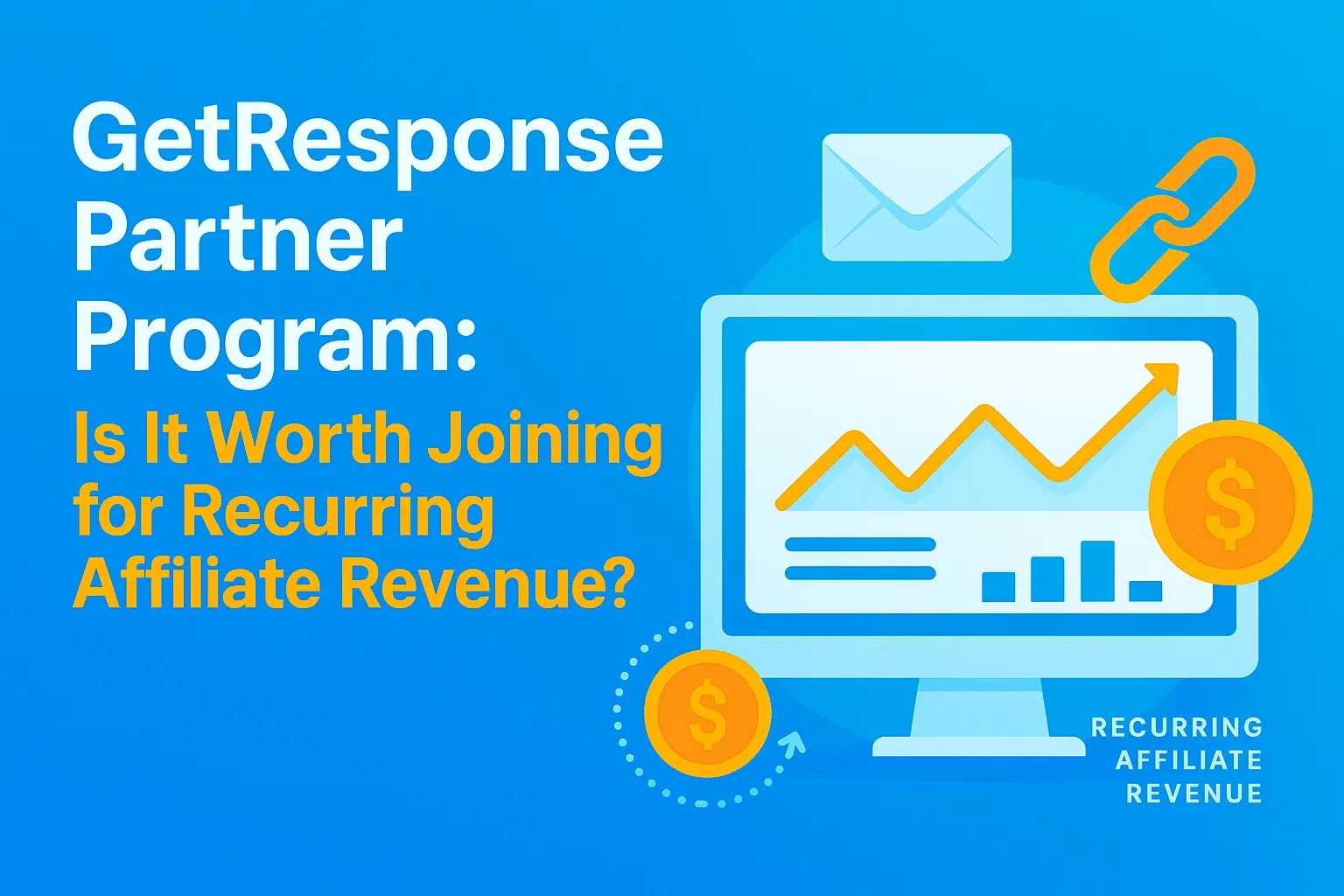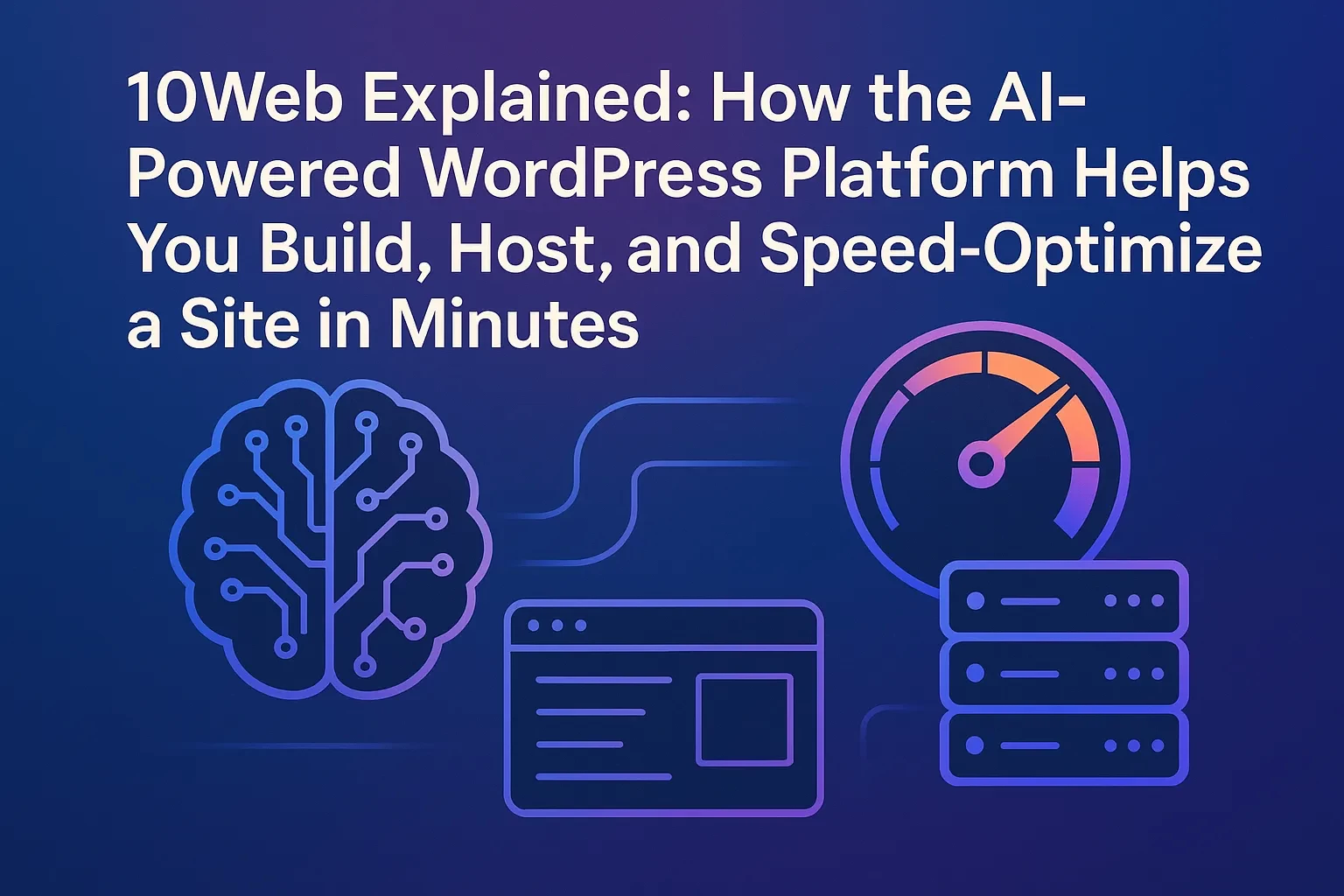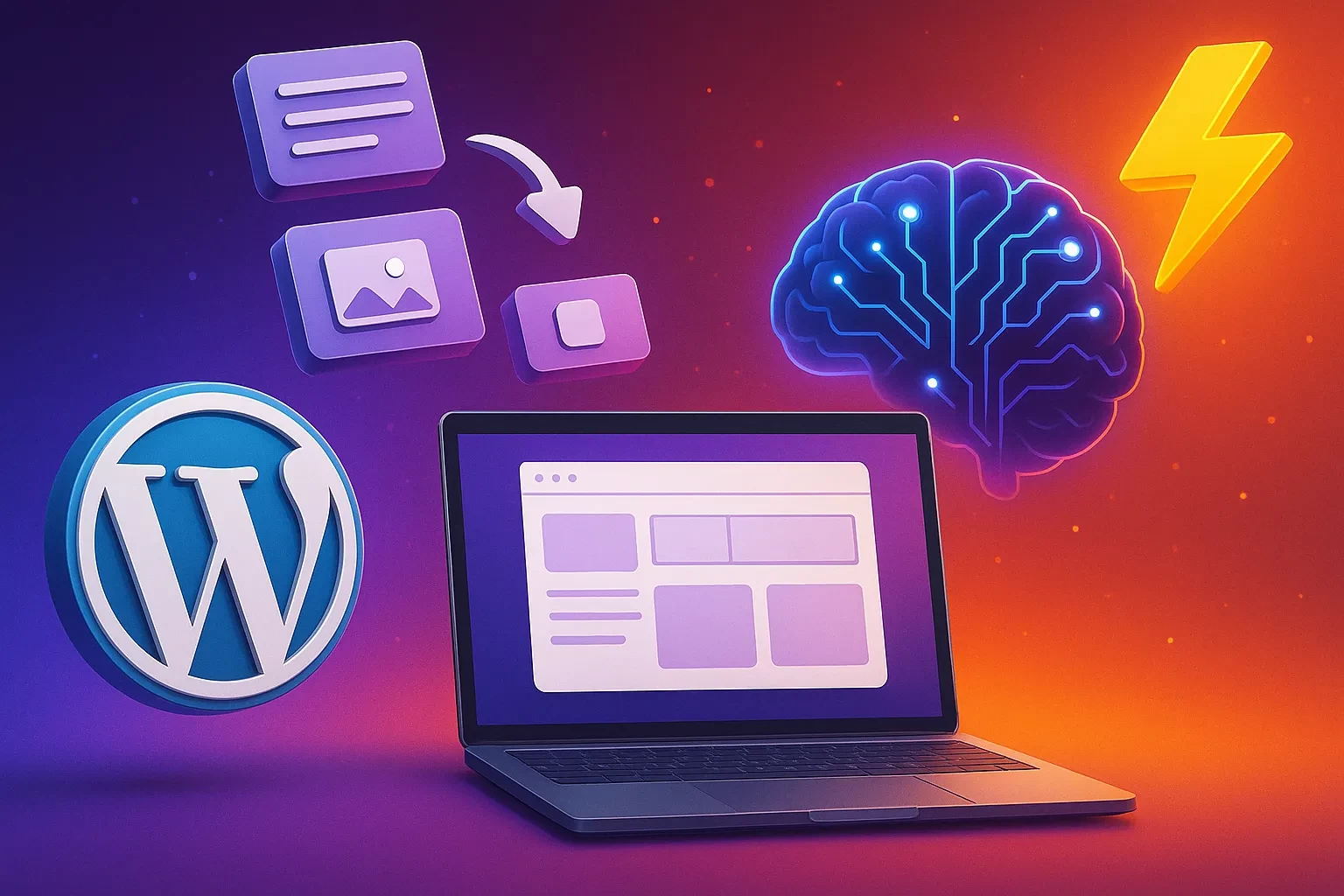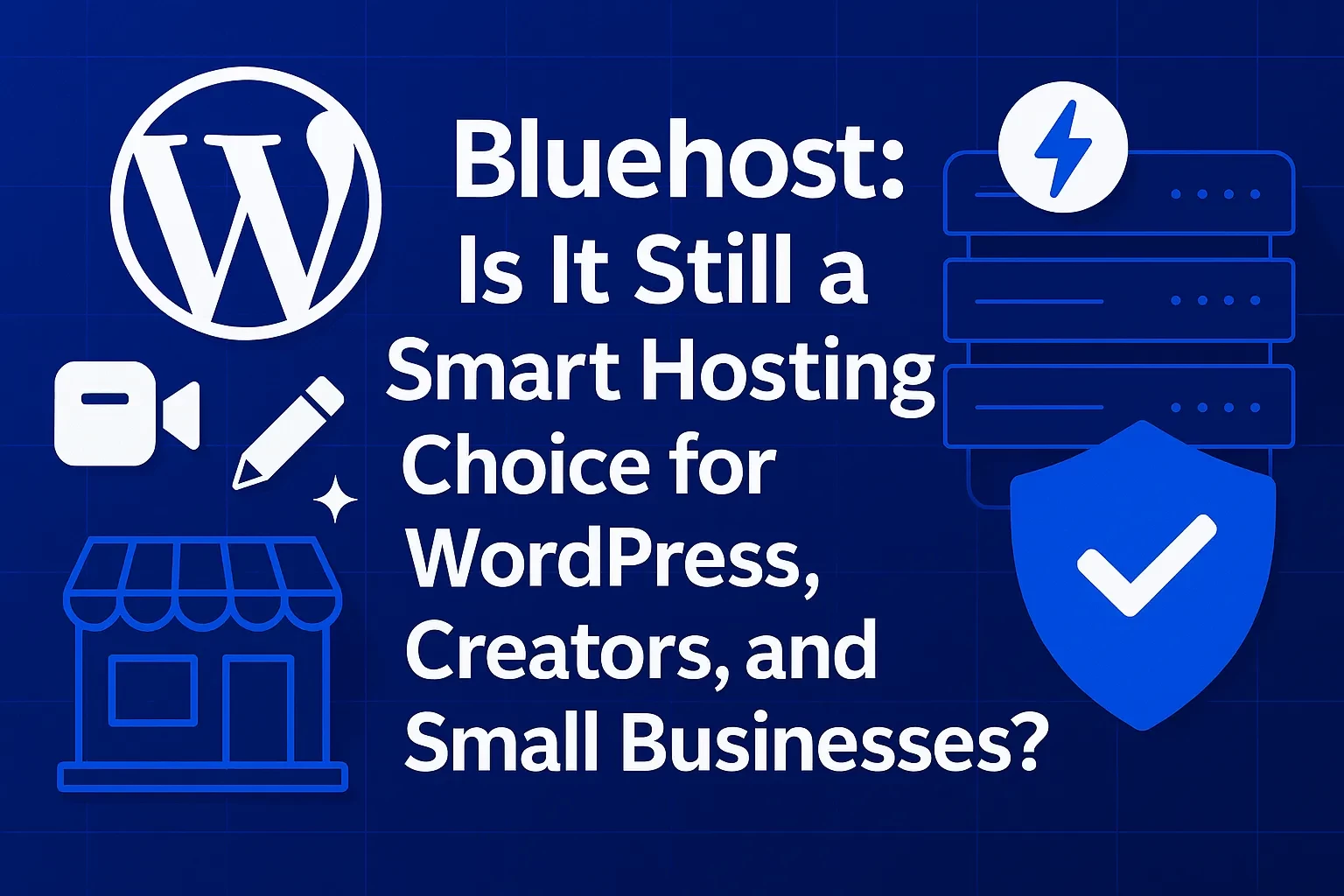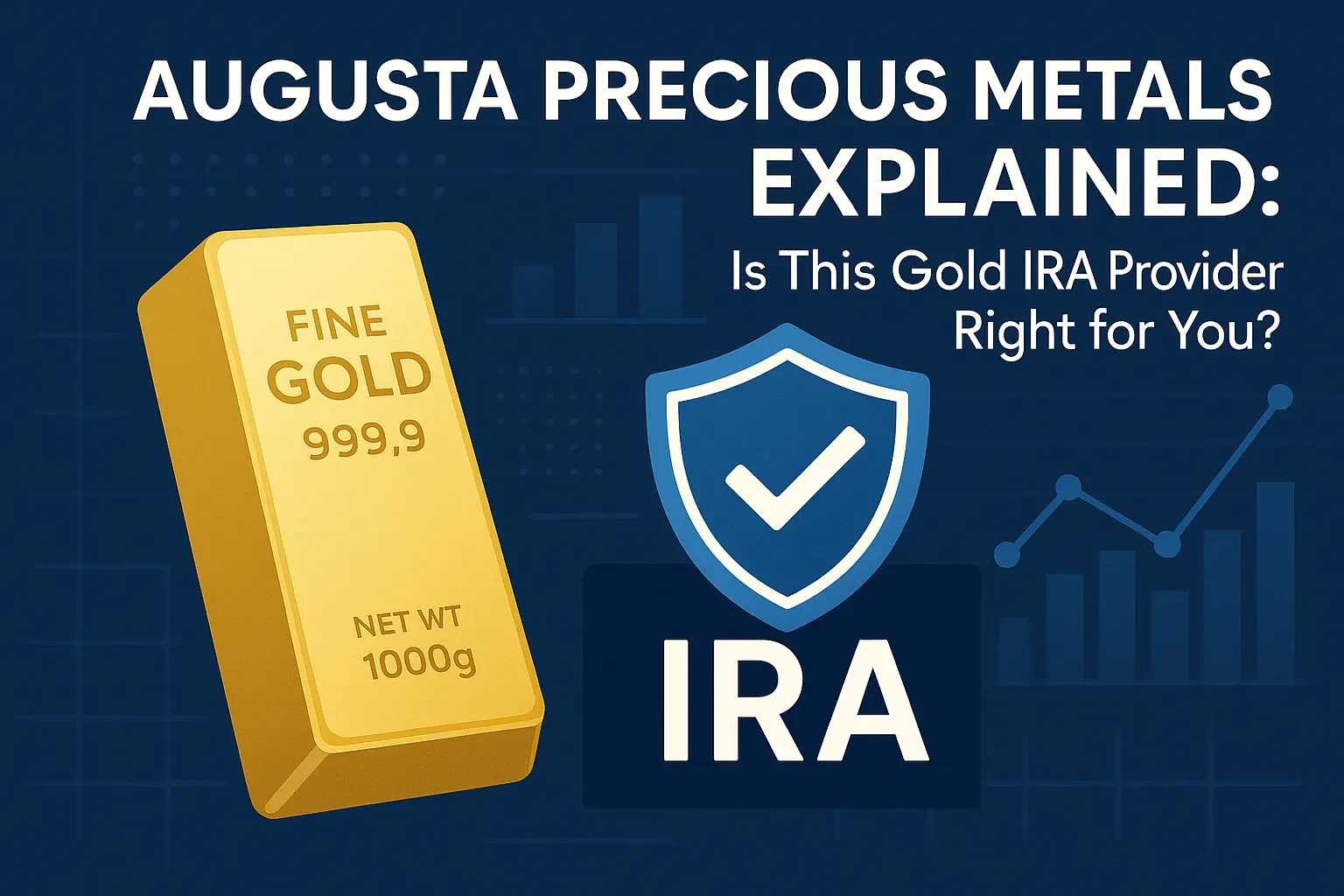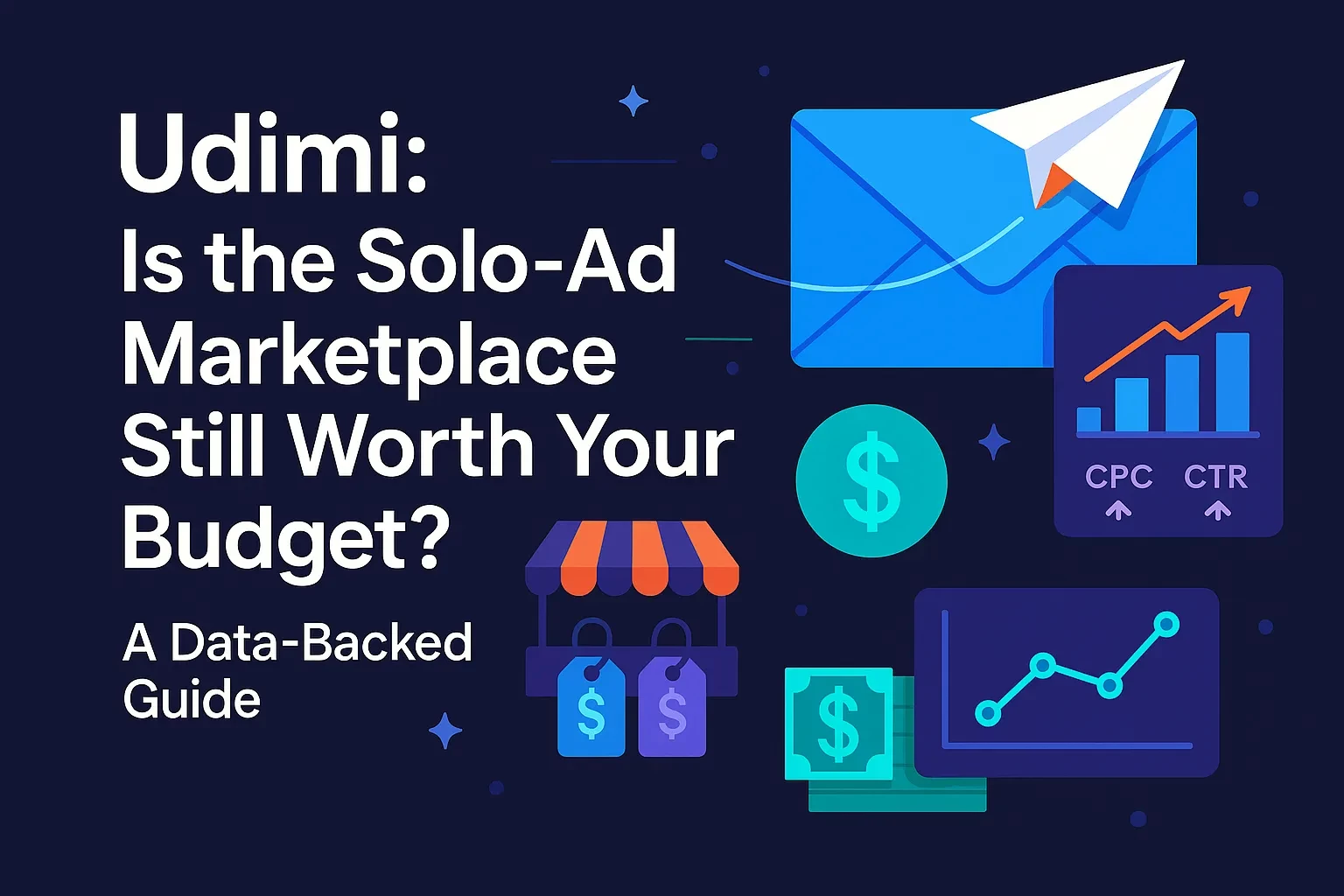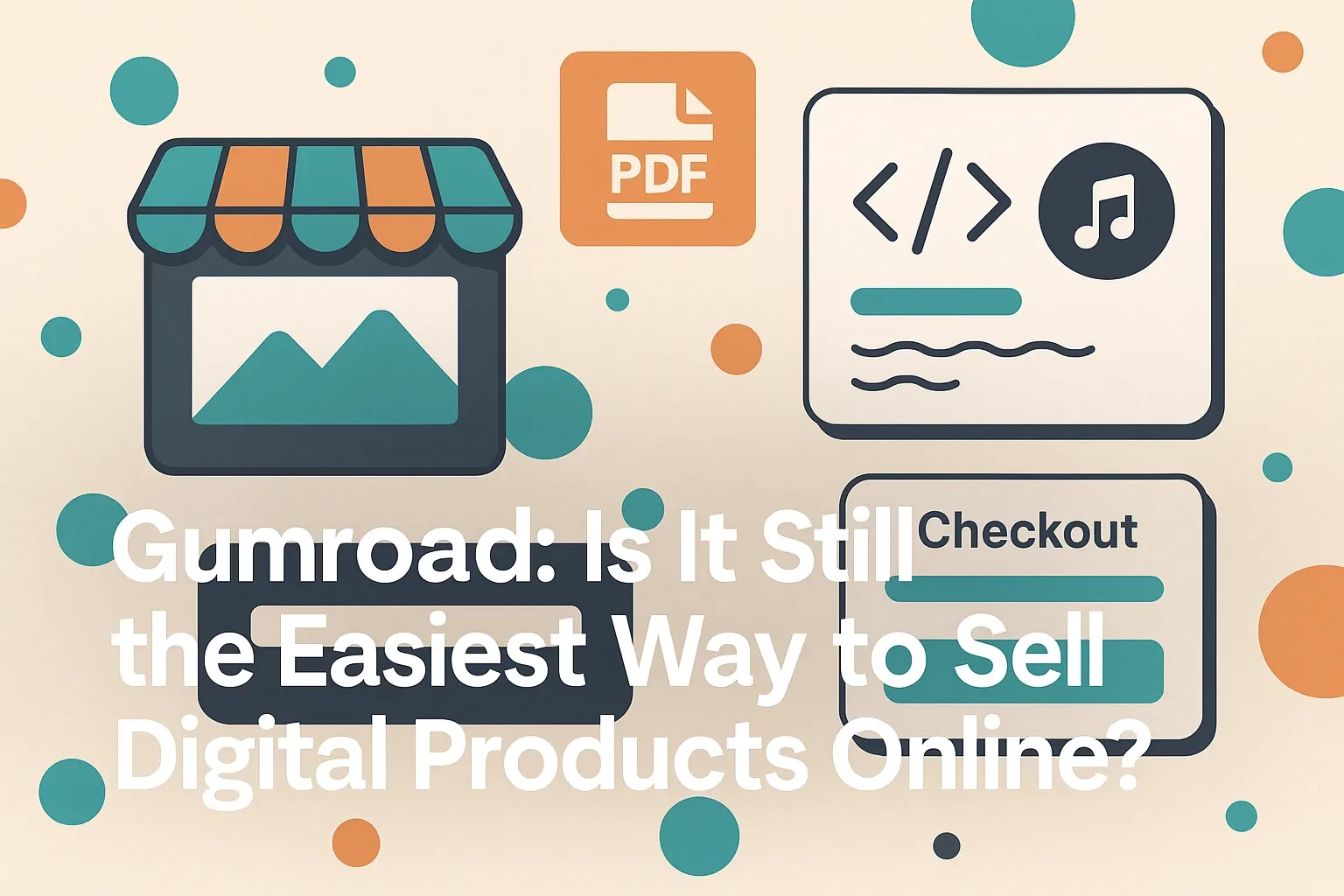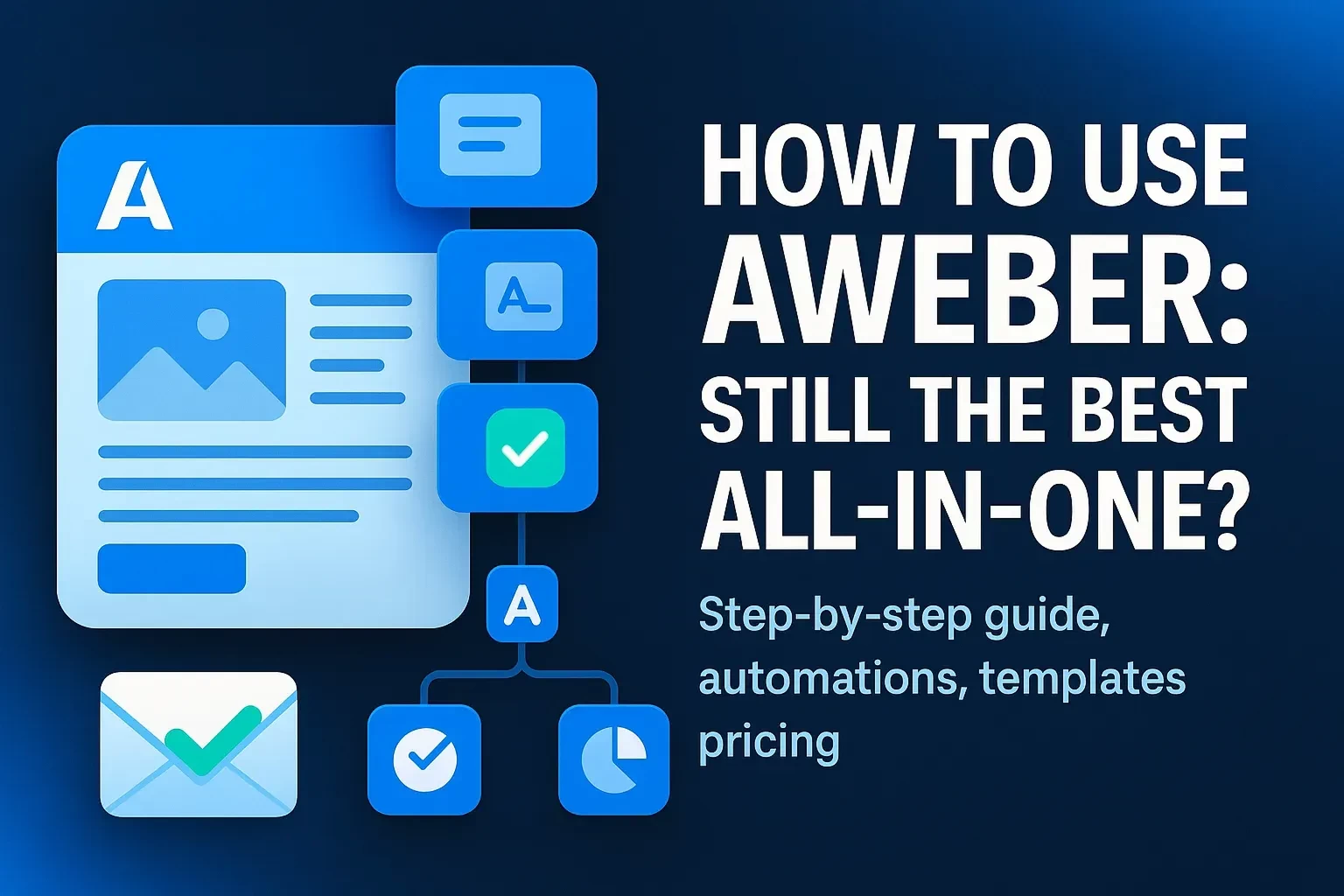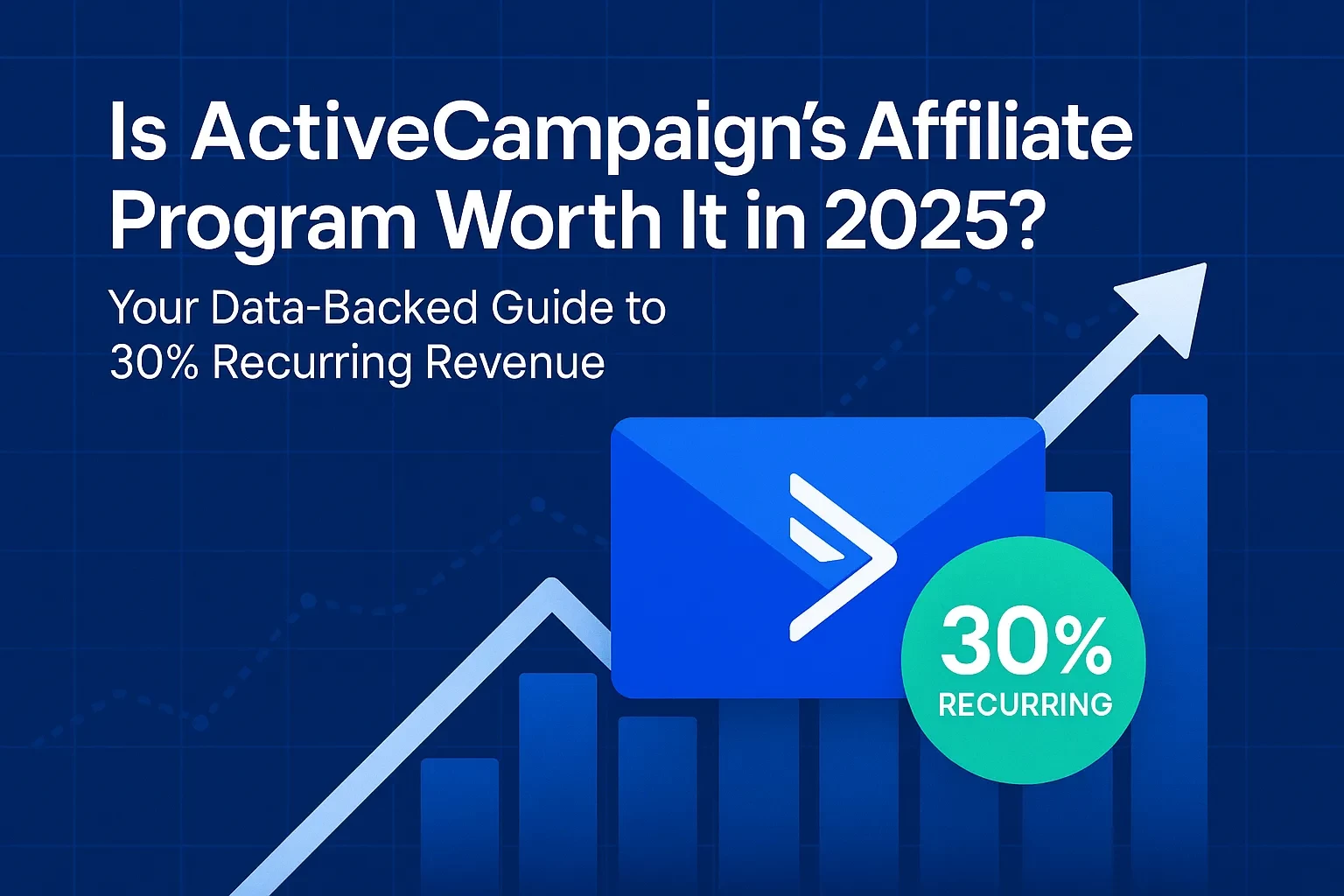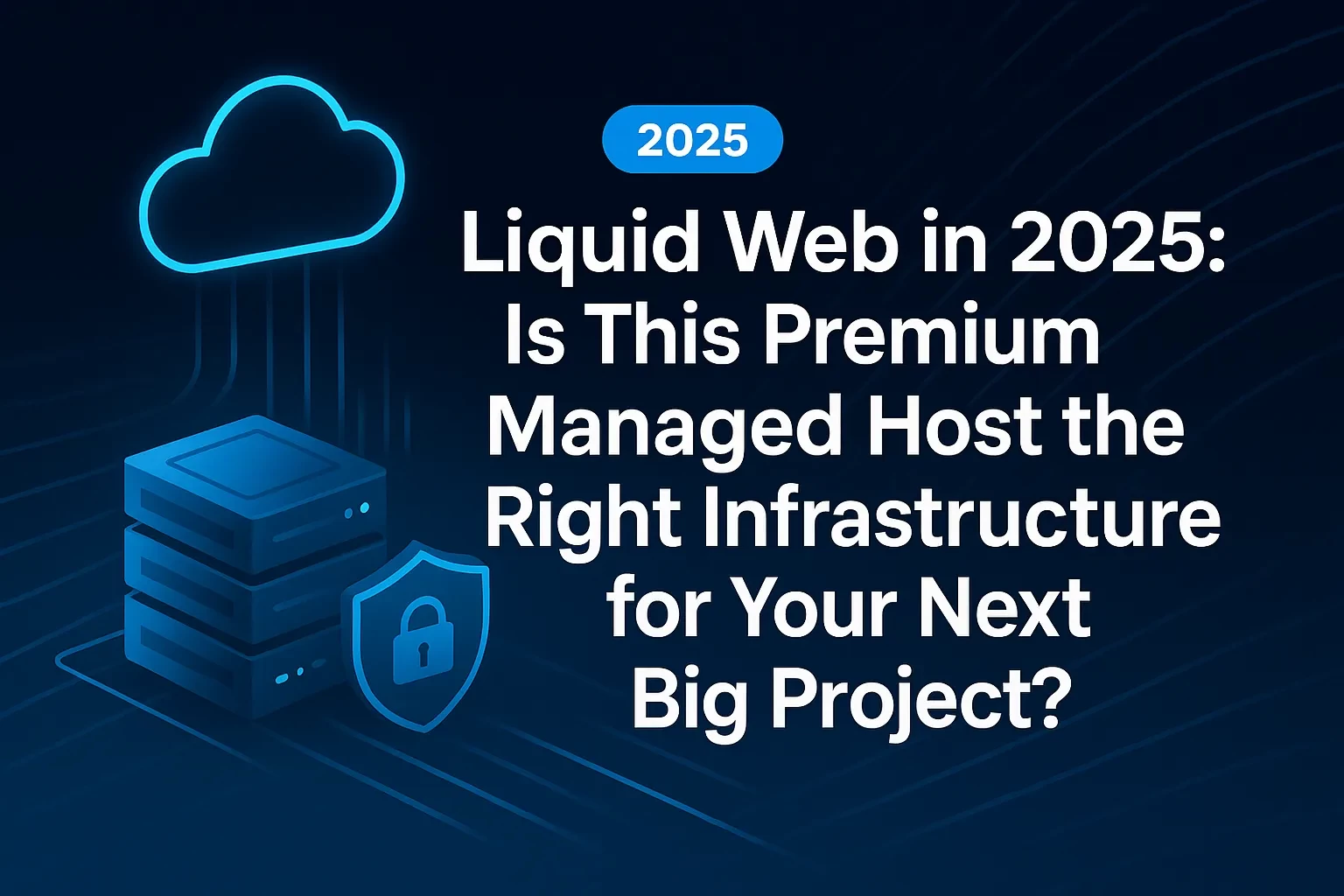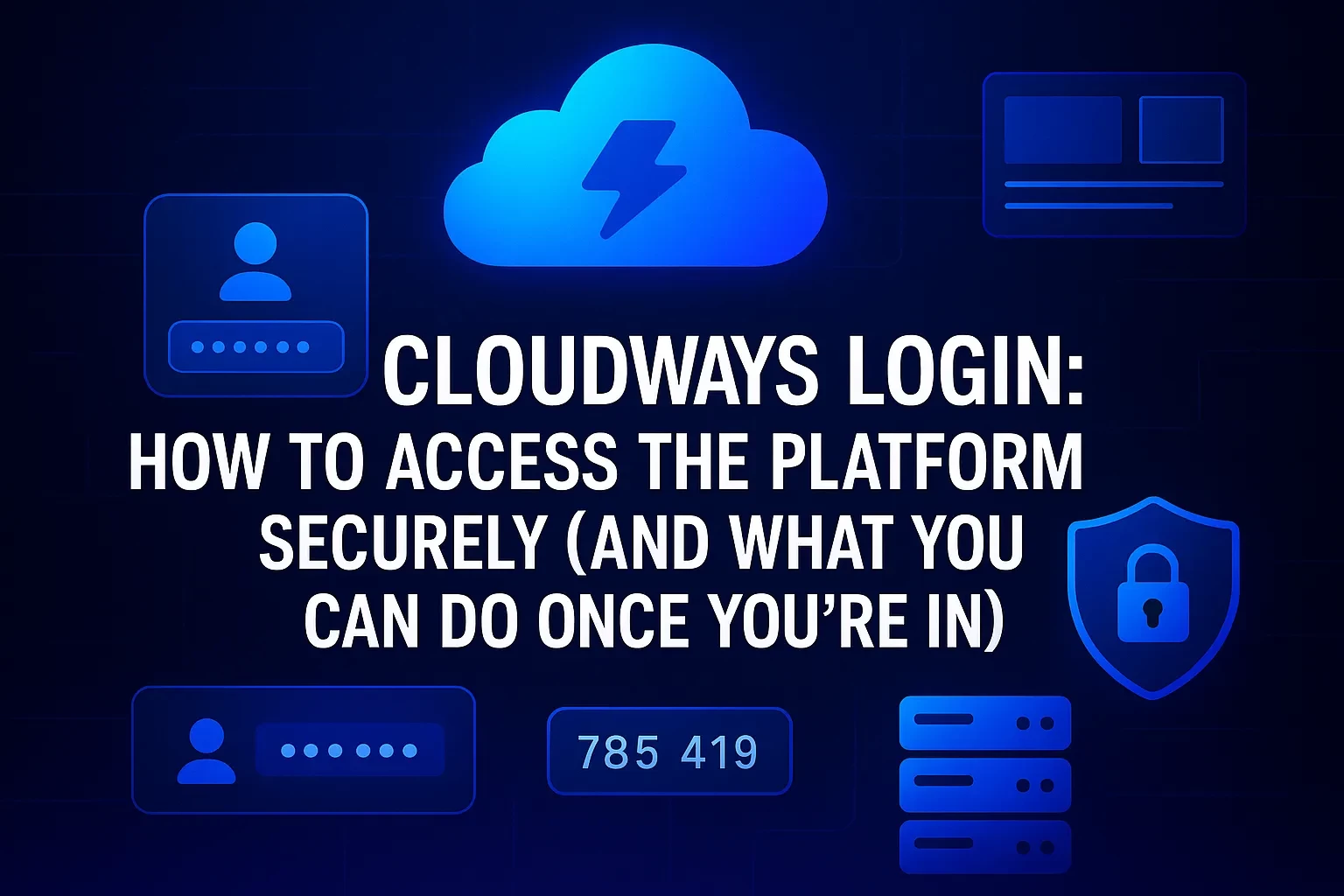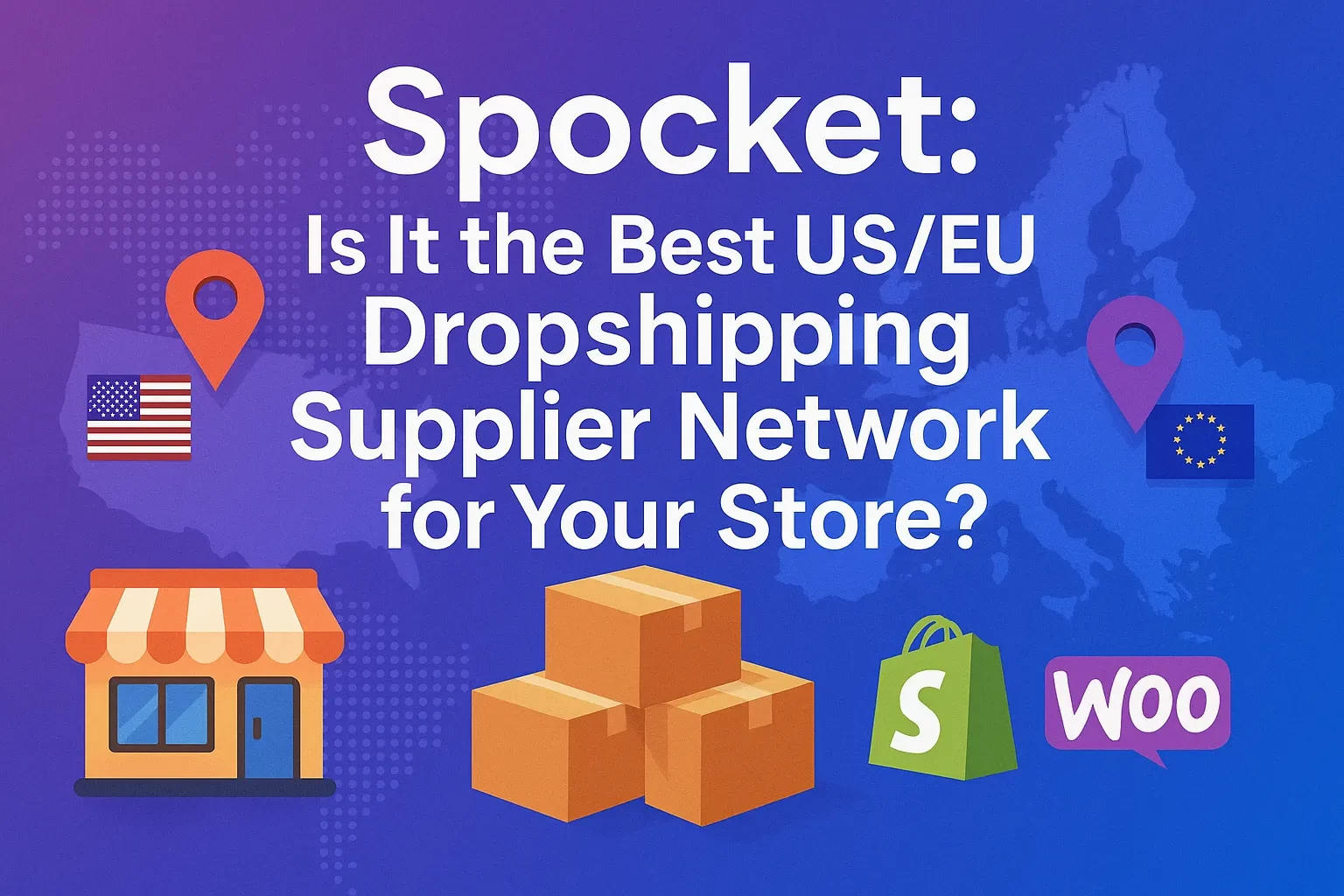Table of Contents
If you serve clients on HubSpot, a single line on your homepage can change sales conversations overnight: “HubSpot Impact Awards Winner.” These awards aren’t vanity trophies or pay-to-play badges—they’re judged, public recognitions that tell prospects you deliver measurable outcomes across HubSpot’s customer platform. In 2025, the program is more structured and transparent than ever, with semiannual category awards, performance-based annual titles like Partner of the Year and Rookie of the Year, and a dedicated Diversity, Inclusion & Belonging (DI&B) award. Understanding how categories map to your services, how submissions are scored, and when to apply can help you turn everyday client work into a reputation engine that compounds for years. This in-depth guide breaks down the Impact Awards ecosystem, shows you how winning agencies structure evidence, and gives you a step-by-step submission workflow you can follow right away.
What Exactly Are the HubSpot Impact Awards?
HubSpot’s Impact Awards recognize Solutions Partners that deliver outstanding client results using the HubSpot platform. The program spans two broad tracks:
• Category Impact Awards (semiannual): Expert-judged case-study submissions across product and platform outcomes—e.g., Platform Excellence for multi-hub solutions that solve complex problems and demonstrate impact across at least two hubs.
• Performance-based Awards (annual): Data-driven titles such as Partner of the Year and Rookie of the Year, chosen by highest sold monthly recurring revenue (MRR) from eligible deals within regions, with specific eligibility windows.
There’s also a DI&B (formerly HEART) Award honoring partners who advance diversity, inclusion, and belonging—a core element of HubSpot’s partner ethos.
For context and inspiration, HubSpot maintains a public showcase of winners by category and region, and periodically announces H1/H2 winners on the Community site. These listings help you benchmark the caliber of work recognized and the narratives that resonate with judges.
Why agencies care
• Proof of platform mastery: Winning signals competence across multiple hubs (Marketing, Sales, Service, CMS, Operations) and the ability to integrate them into one customer platform.
• Credibility in enterprise sales: Public announcements and showcases allow you to cite independent validation in RFPs and sales decks.
• Recruiting and partner benefits: HubSpot encourages partners to apply and highlights recognition across its ecosystem, which can aid hiring and co-selling.
Program Structure, Categories, And Timelines
The Impact Awards run on a semiannual submission cycle for Category Impact Awards (typically H1 and H2). For 2025, the official portal listed H1 submissions open from February 26 to June 30 and H2 from July 1 to December 31; the DI&B Award application window runs annually (2025: Feb 26–Dec 31). Always confirm live dates on the portal before submitting.
Representative categories and examples (subject to change—verify current list before applying):
• Platform Excellence: Recognizes a “multi-product” solution; must involve two or more hubs with a clear story of how those hubs work together to solve the customer’s challenge, including challenge → solution → results and impact (AI usage if relevant).
• Product/Technical/Platform Migration Excellence: The showcase highlights recurring semiannual categories such as Technical Expertise and Platform Migration Excellence, with regional winners published each period.
• Performance-based titles: Partner of the Year and Rookie of the Year rely on sold MRR sums from eligible deals, with eligibility anchored to when you joined the Solutions Partner Program (e.g., Rookie windows).
Who is eligible? You must be an active Solutions Partner in good standing; for performance-based awards, there are explicit join-date thresholds and region-based winners. While day-to-day eligibility details and prioritization criteria vary across partner benefits pages, HubSpot signals that higher-tier, accredited partners with stronger partner-sourced MRR often receive priority in certain initiatives—useful context for planning your growth path.
One-glance comparison (categories vs. what they reward)
| Track | Example categories | What judges or criteria reward (summary) |
|---|---|---|
| Semiannual Category Impact Awards | Platform Excellence; Technical Expertise; Platform Migration Excellence (names may vary by cycle) | Evidence-backed case studies that show multi-hub solutions, technical depth, and measurable client outcomes; clear narrative from challenge to business impact. |
| Annual Performance-Based Awards | Partner of the Year; Rookie of the Year | Quantitative performance: top sold MRR from eligible deals in a region, plus standing and eligibility windows set by HubSpot. |
| Annual Values-Driven Award | DI&B (formerly HEART) | Demonstrated contributions to diversity, inclusion & belonging within your org and community. |
How Winners Tell Their Story (And How You Should, Too)
Read a few public winner announcements and you’ll notice common threads. For example, InboundAV’s 2024 Platform Excellence write-up walks through context, platform design, and tangible commercial outcomes; agencies like Axon Garside and LAIRE report region/category wins with succinct summaries of problem, approach, and results. These posts double as sales collateral.
From these patterns—and from HubSpot’s own category guidance—you can reverse-engineer a submission framework:
• Start with the business challenge, not the tactics. Quantify the “before” state (conversion rate, CAC, sales cycle length, NPS, lead quality). Tie every HubSpot action to a commercial goal.
• Show multi-hub orchestration. For Platform Excellence, specify how at least two hubs interlock (e.g., Marketing Hub automation drives MQL quality that Sales Hub sequences convert 20% faster, while Operations Hub maintains data hygiene).
• Add platform depth and migrations. Technical Expertise or Platform Migration Excellence winners highlight CRM architecture decisions, data models, integrations, and change management.
• Make impact measurable and attributable. Connect leading indicators (engagement, pipeline velocity) to lagging results (MRR, retention, LTV). Use baseline → intervention → delta → confidence interval where possible.
• Include AI usage if relevant. The current Platform Excellence guidance explicitly invites you to note AI usage—e.g., AI-powered content assist, forecasting, or deduplication workflows—when it’s integral to impact.
Step-By-Step: Your Submission Game Plan
Step 1 — Map your client portfolio to categories.
Audit the last 6–12 months for engagements that used two or more hubs and produced measurable outcomes. Create a shortlist of 3–5 stories with clean data. Cross-check each against the live categories on the portal; note submission windows (H1/H2) and DI&B timing.
Step 2 — Get stakeholder approvals early.
Secure written client consent to publish anonymized or named outcomes, including logo, quotes, and data ranges. Ensure legal/PR alignment.
Step 3 — Build your case-study evidence pack.
• Metrics worksheet: Baselines, timeframes, data sources (HubSpot dashboards, exported reports).
• Architecture diagram: Hubs, integrations, data sync policies.
• Screenshots: Audit trails, workflows, sequences, property definitions.
• Change log: Key go-lives (migrations, new automations), with dates.
• Attribution notes: How you linked actions to outcomes; caveats.
Step 4 — Write to the rubric (not just the story).
HubSpot instructs Platform Excellence entrants to tell a story of how hubs work together to solve challenges and to include clear challenge → solution → results → impact sections (plus AI usage). Draft your submission with those headings verbatim, then refine for style.
Step 5 — Bolster credibility with third-party proof.
• Client quotes tied to specific metrics (“Sales accepted leads grew 41% within 90 days”).
• Public artifacts: If your client’s press release or funding round aligns with your project’s outcomes, reference timing (avoid overstating causality).
• HubSpot dashboards: Exported PDFs or images that match described timeframes.
Step 6 — Submit via the official portal.
Create your account, select the category, and upload your materials before the deadline (watch for time-zone cutoffs). For 2025, the portal lists H1 (Feb 26–Jun 30) and H2 (Jul 1–Dec 31) submission periods; DI&B runs annually. Re-verify before sending.
Step 7 — Prepare your post-win activation plan.
Draft a PR template, a blog announcement, sales-deck slides, a case-study PDF, and social snippets. Study the tone and structure of prior winner posts to match expectations without copying.
Mini Case Study: From Fragmented Funnel To Platform Excellence
Client: Mid-market B2B services firm with a 30-person revenue team.
Challenge: Marketing generated volume but sales flagged low intent; data lived in disparate tools; reporting took days.
Approach: Multi-hub architecture combining Marketing Hub (smart forms, progressive profiling, lead scoring), Sales Hub (playbooks, sequences, pipeline automation), and Operations Hub (field mapping, dedupe rules, data quality automation). A lightweight migration consolidated historic contact/company data and standardized lifecycle definitions.
Execution highlights:
• Lifecycle recalibration and MQL→SQL handoff with SLA-backed triggers.
• AI-assisted content briefs for paid-to-owned shift; AI dedupe for records hygiene.
• Sales sequences grounded in persona-specific use cases; call outcomes coded to pipeline stages.
Outcomes (90–120 days):
• 41% increase in sales-accepted leads; 24% faster stage progression to “Closed-Won”; 18% lower CAC on blended channels; reporting time down from 48 hours to 30 minutes.
Why it fits Platform Excellence: Multi-hub orchestration, measurable business impact, and clear before/after states—mirroring the narrative HubSpot asks for in its Platform Excellence category.
Tip: After submission, turn this into a public story similar to how winners announce results—concise headline, short narrative, and concrete metrics.
Common Mistakes That Sink Otherwise Strong Entries
• Focusing on features over outcomes. Judges reward business impact, not just tool usage. Tie every workflow to a KPI shift.
• Single-hub stories in multi-hub categories. Platform Excellence requires at least two hubs—and a narrative on how they worked together.
• Weak attribution. If multiple initiatives ran in parallel, specify contribution and confidence. When in doubt, include a limitations note—credibility beats over-claiming.
• Missed deadlines or wrong window. Submission periods are strict; align your internal review to portal dates for H1/H2 and DI&B.
• No client permission or vague data sources. Judges expect verifiable metrics and authentic quotes. Confirm usage rights before you write.
Expert Tips To Increase Your Odds
• Design for the award as you deliver the project. During implementation, capture “before” screenshots, baseline exports, and stakeholder quotes so your evidence is airtight later.
• Document your system architecture. A one-page diagram mapping hubs, integrations, and key objects helps judges grasp technical depth quickly—especially for Technical Expertise or Platform Migration Excellence contexts.
• Highlight AI judiciously. If AI materially improved data quality, speed, or content efficacy, say so and show the metric delta. The Platform Excellence brief explicitly welcomes AI usage where relevant.
• Benchmark your story against public winners. Study category winners and mimic their clarity and structure without copying text; then calibrate your claims accordingly.
• Build toward performance-based titles. If Partner of the Year is your North Star, forecast the sold-MRR runway you’ll need and align sales/partner motions to hit the regional thresholds in time.
• Activate the halo effect. Whether you win or not, a well-crafted case study becomes content for your site, SDR sequences, and proposals—many winners publish blog recaps that double as powerful proof in motion.
What Winning Looks Like In The Wild
Browse HubSpot’s showcase and Community announcements and you’ll see patterns in how partners present outcomes:
• Clear category framing (e.g., Technical Expertise, Platform Migration Excellence).
• Short, metric-first summaries (“regional winner,” “semi-annual award”).
• Client impact as the headline—pipeline, velocity, revenue efficiency—not tool lists.
• Regional context (NAM, EMEA, APAC, LATAM) aligned to HubSpot’s award geography.
Seeing names you recognize—like SmartBug Media earning North American Partner of the Year—also signals the bar you’re competing with and the kinds of outcomes top agencies sustain year after year. Use these markers to calibrate your internal goals and narratives.
Your 30-Day Plan To Be “Award-Ready”
Week 1: Inventory and alignment
• Shortlist 3–5 client stories mapped to categories.
• Confirm client permissions and confidentiality constraints.
• Pull baseline metrics and export key dashboards.
Week 2: Evidence and architecture
• Draft the architecture diagram and data model notes.
• Collect before/after screenshots and SLA definitions.
• Interview sales and service leaders for qualitative context.
Week 3: Narrative and review
• Write the submission with “Challenge → Solution → Results → Impact → AI Usage (if any).”
• Red-team the draft for attribution clarity and business language.
• Validate numbers with source dashboards.
Week 4: Packaging and activation
• Set up the portal account and prefill forms before the final week.
• Prepare public-facing assets (press note, blog draft, sales slide).
• Book time on the deadline day for a final proof and submission.
Frequently Asked Questions (FAQ)
Conclusion: Turn Client Outcomes Into An Advantage You Can Market
You already build revenue architecture, migrate data, and orchestrate multi-hub programs for clients. The Impact Awards convert that work into a public signal of excellence. Start by matching your strongest stories to categories, prove business impact with clean baselines, and write to the rubric the judges expect. Even before you win, the process forces operational rigor and creates content you can deploy across marketing and sales. If you’re serious about standing out in HubSpot’s ecosystem, start building your award-ready pipeline now—and set your sights on both semiannual category wins and long-term performance titles.
